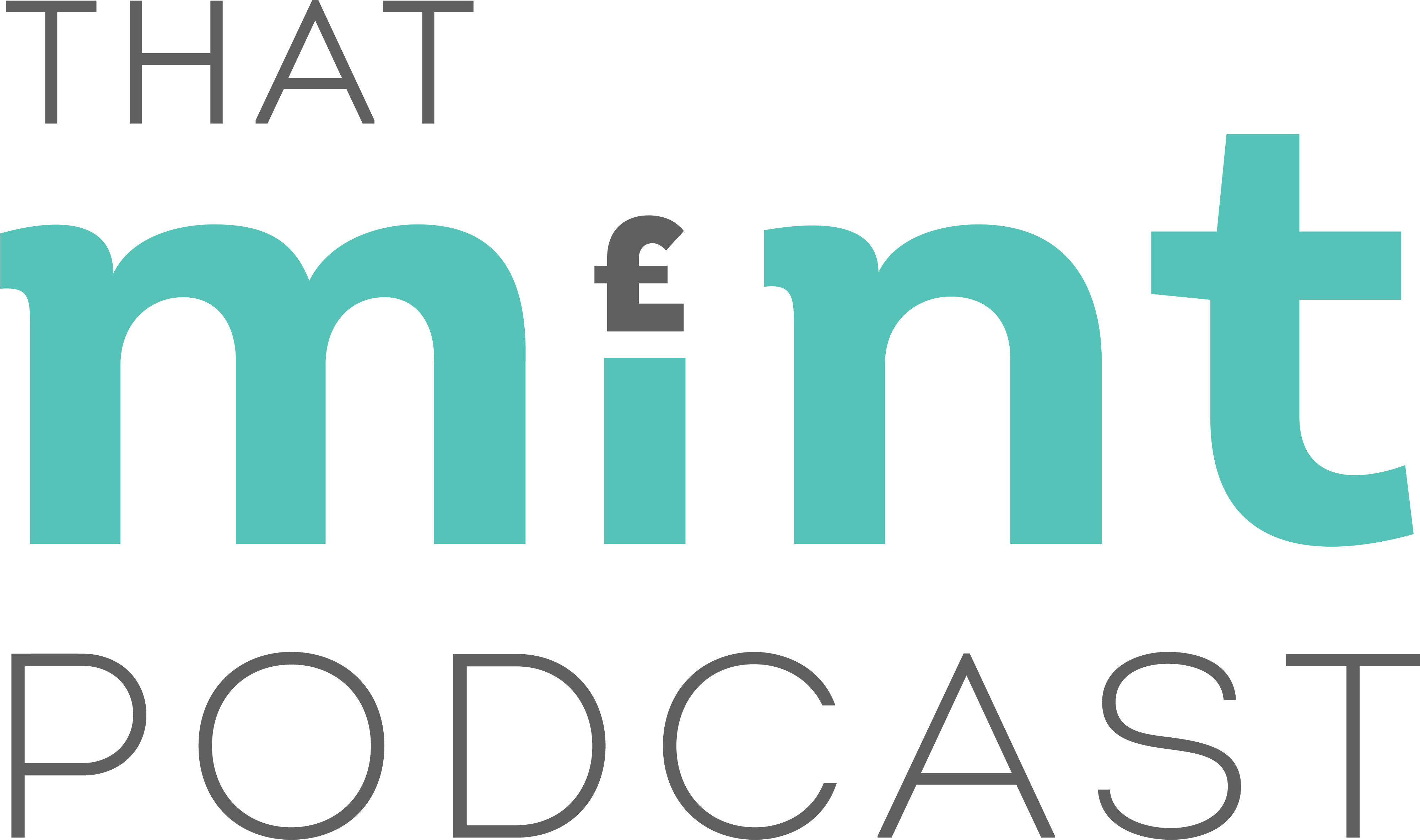This week we’ve got a cheeky guest blog for all you advisers out there, courtesy of Faith Liversedge, our special guest on our season two finale.
Just before Del Boy falls through the bar in one of the most often voted Best Moments in TV History, Derek is explaining to Trigger how to engage the clientele of the wine bar they find themselves in.
“They’re yuppies – they don’t speak proper English like what we do. I’ve been ear-holing them and it’s all ‘yah, super and fab’ and they love to talk about money, it’s their favourite subject.
You chat about money, and you can’t fail to impress them.”
Shrugging, Trigger gives it a go:
“I saw one of them old five pound notes the other day…”
To Trigger, it seems simple. But of course, it’s not. No one wants to hear about Trigger’s coin collection, just like no one wants to hear about the numbers; it’s too literal. What gets people going is a lot less prosaic.
And that’s where client stories come in.
Or testimonials, reviews, social proof, case studies, whatever you want to call them.
That’s not to say that the numbers aren’t important; they are. As are your services, qualifications and award wins. But to bring these to life, they need to be accompanied by confirmation of what this all means in practice, from the people who’ve worked with you.
When did you last make a big purchase without at least checking what a few others say about it first?
But many advisers still worry about how to get good testimonials – ones that do justice to the life-changing service they provide. Perhaps it’s because they’re thinking of these kinds of quotes:
“I’m delighted with the service I received from [firm name] and would wholeheartedly recommend them.”
Admittedly this kind of snippet doesn’t do much. It’s as bland and predictable as a cheesy stock photo; prospects these days are looking for something much more sophisticated.
Ultimately what they’re looking for is authenticity, and for this you need detail.
What you need are two or three interesting stories that cover what the problem was, how you solved it, and how your client felt as a result. Ideally, you need these to be from different ‘types’ of clients and to cover different services.
Take these three simple questions for starters:
- What were you looking for help with?
- Describe the process you went through
- How do you feel as a result?
It’s the final part that cuts the mustard. It’s the ‘transformation’ bit that interests people and helps them identify themselves as your client, even before they’ve become one. “I want that” is what you want people thinking.
You might be worried about asking people for these kinds of stories. But thankfully marketing techniques have moved on since we carried Filofaxes and wore shoulder pads (and drank in wine bars). People are more amenable to giving testimonial for a service that had a profound impact on them than you might think.
You’re far more likely to get something authentic, meaningful and – honestly – moving – if you ask a third party to intervene. It’s a lot less awkward for your client to open up to someone slightly removed. It’s then that they’ll explain how you:
- Freed them from a job they hated by helping them to retire early
- Helped them to visit their grandchildren who live over the other side of the world
- Enabled them to do things they’ve only dreamed of, because they didn’t know they could make them happen.
I’ve also heard how effective these stories are from the prospects who’ve read them and become clients: “Having read [firm name’s] website and looked closely at the testimonials – which felt very real – I spoke to [adviser name] and was really impressed.” Was just one comment I heard recently.
Which proves my initial point, which is that we’re all at it. We’re used to Good Reads, Trip Advisor, Google Reviews. It doesn’t take much for even the most time-challenged person to flit through these and get a good sense of whether a service is worth its salt or not before they go any further. If you don’t have them, how can you expect your prospect to spend any more time on you? You’re making it needlessly difficult for them.
You may as well be talking about the hologram on a tenner.
Faith Liversedge, FL | Storyteller





